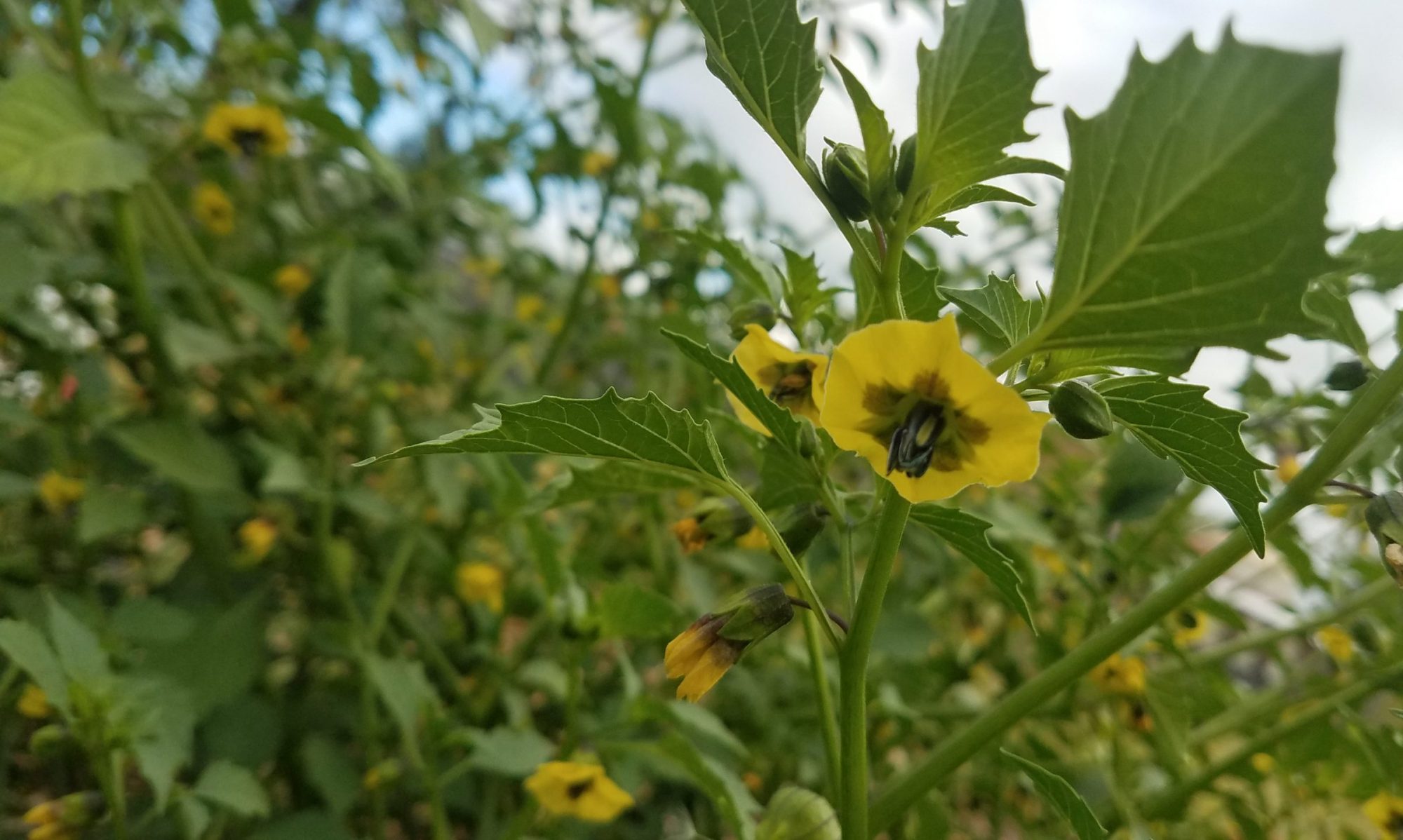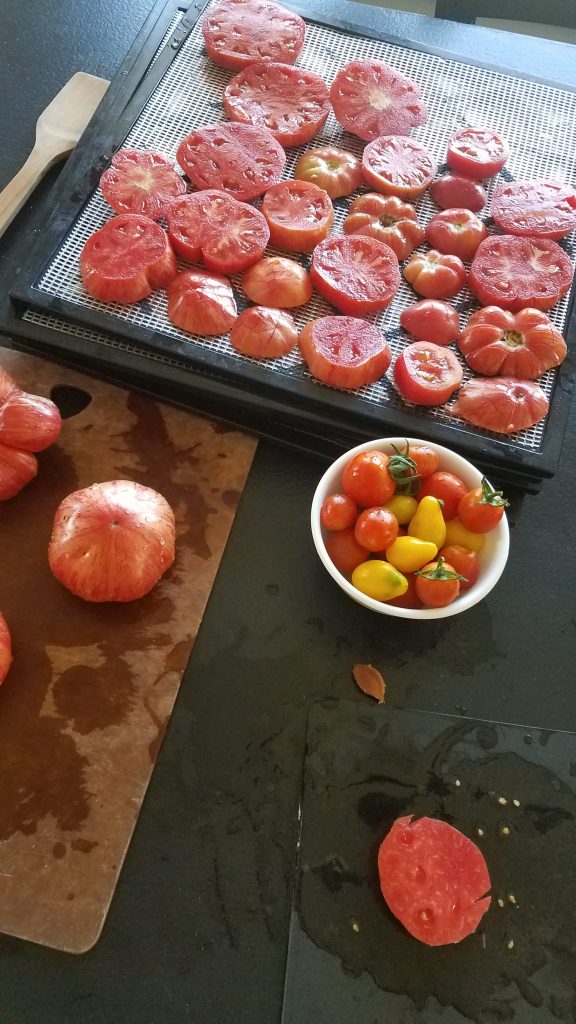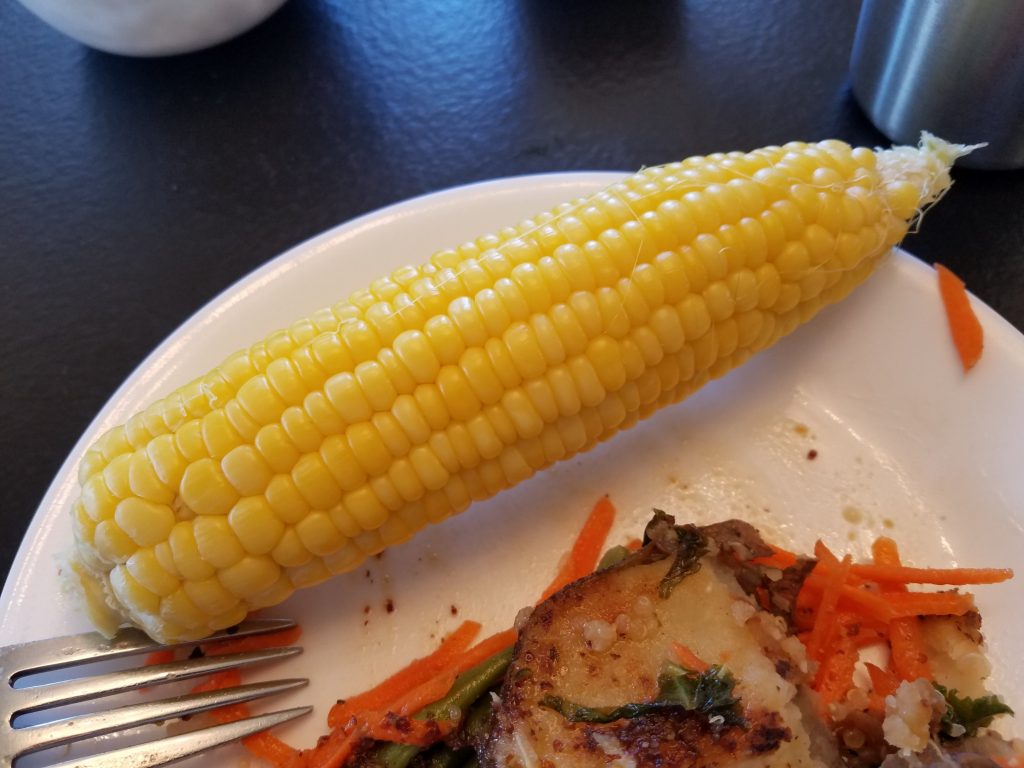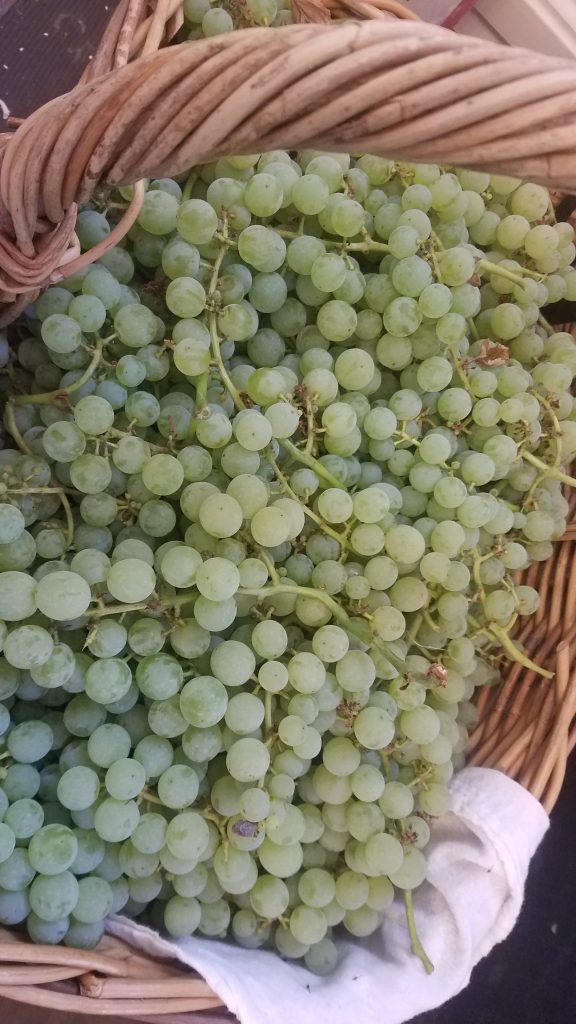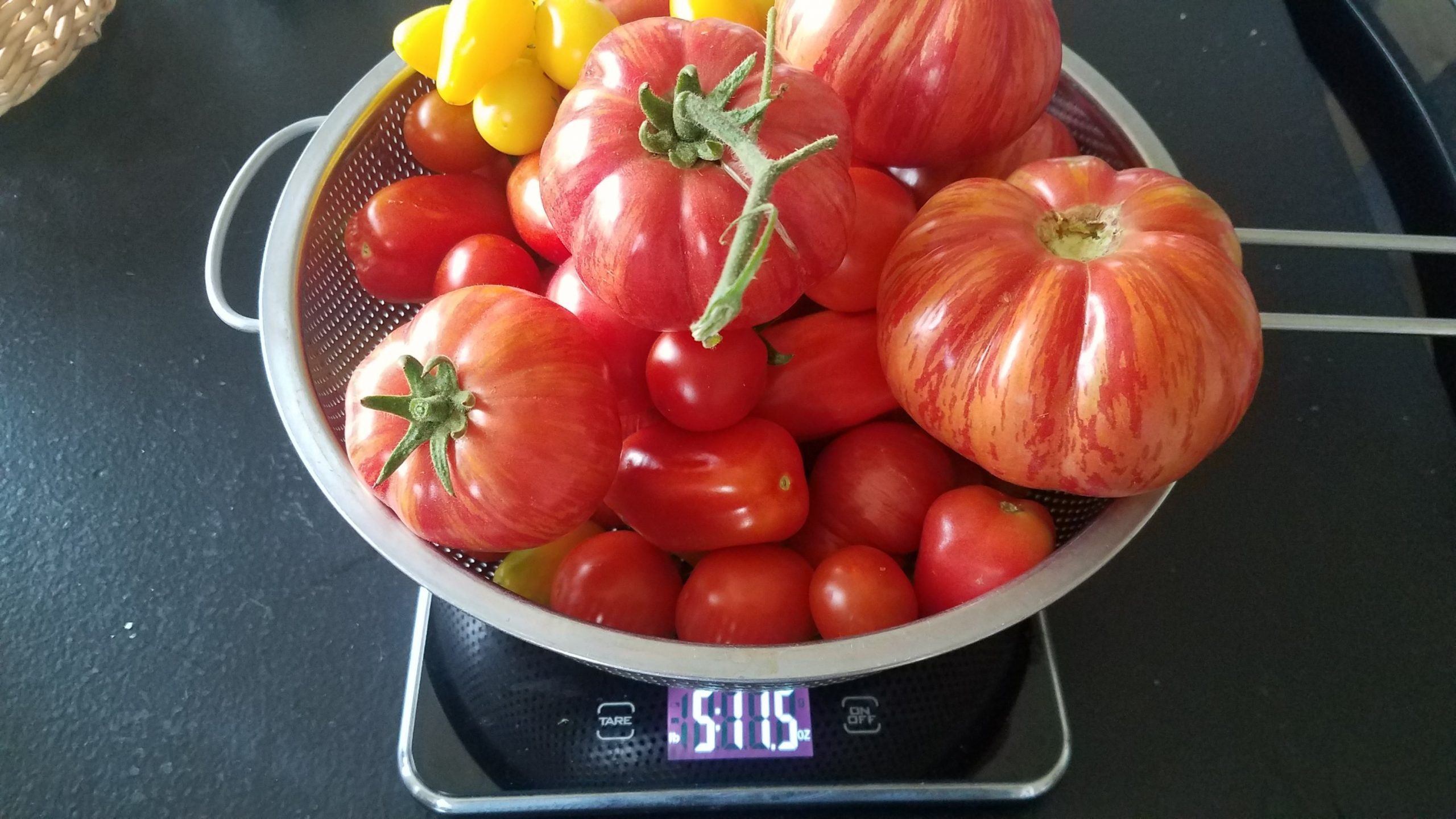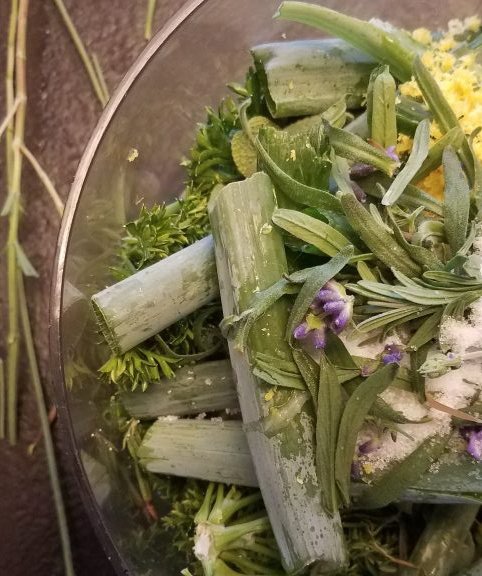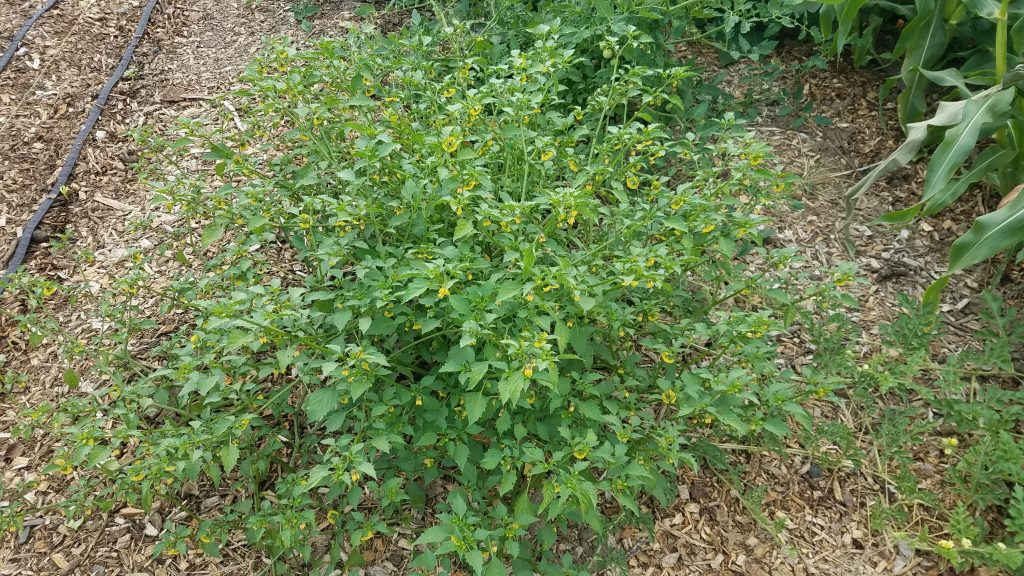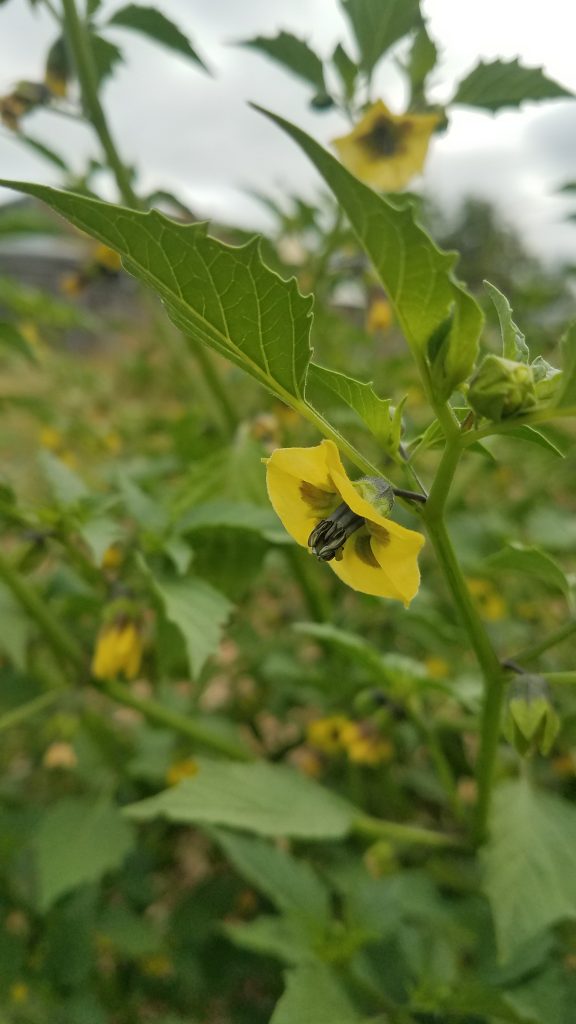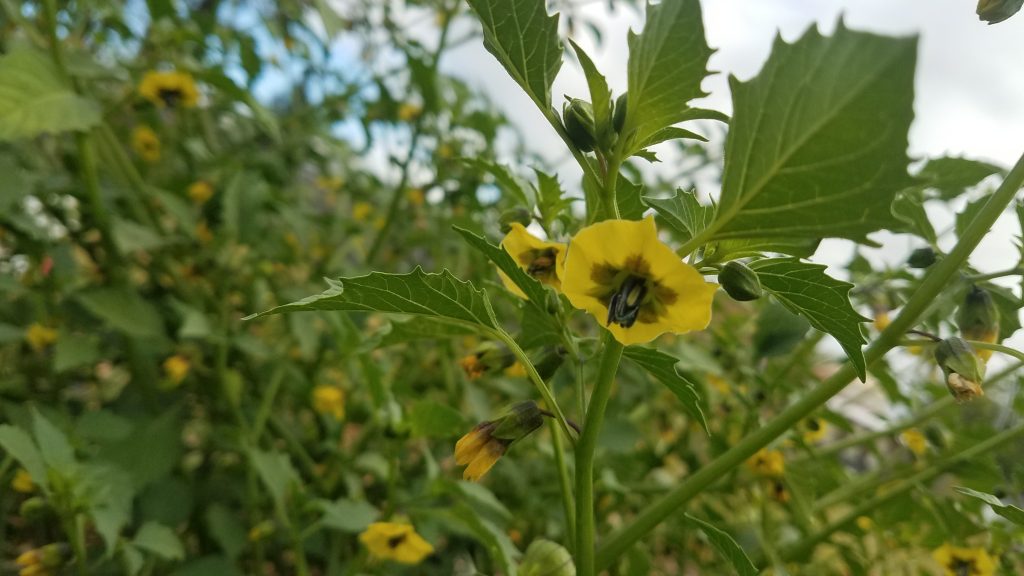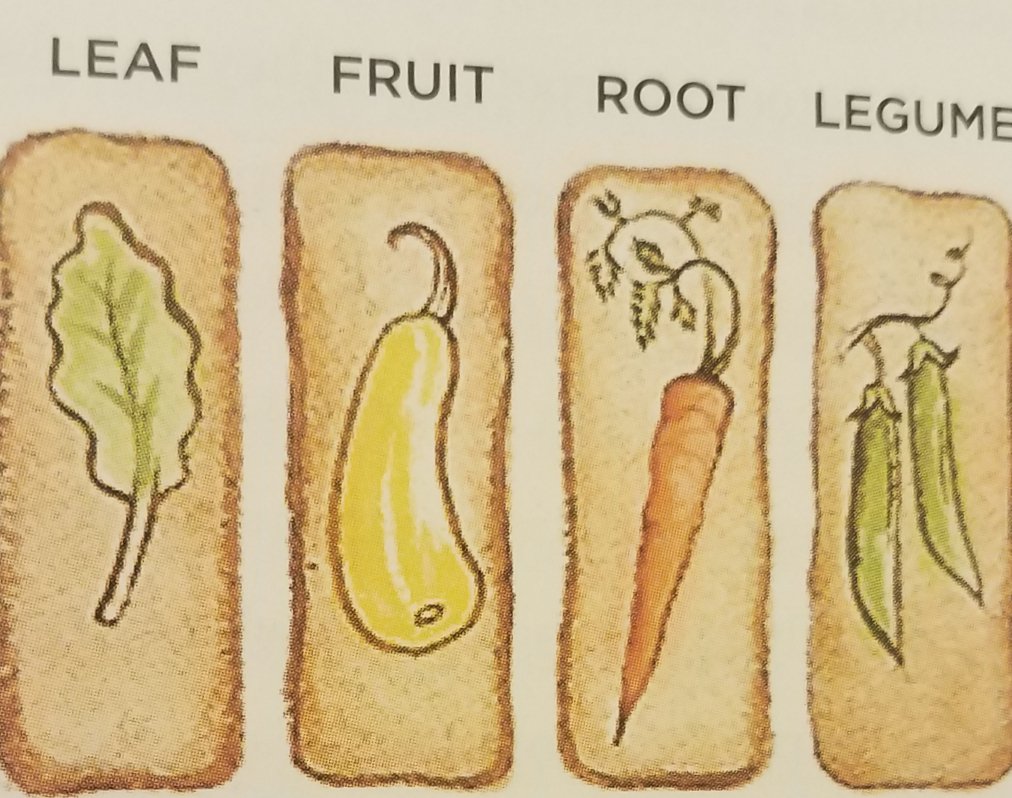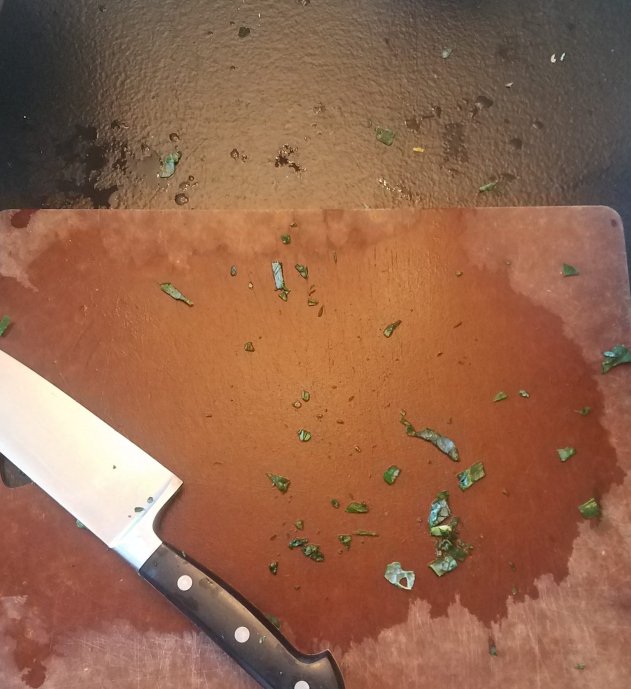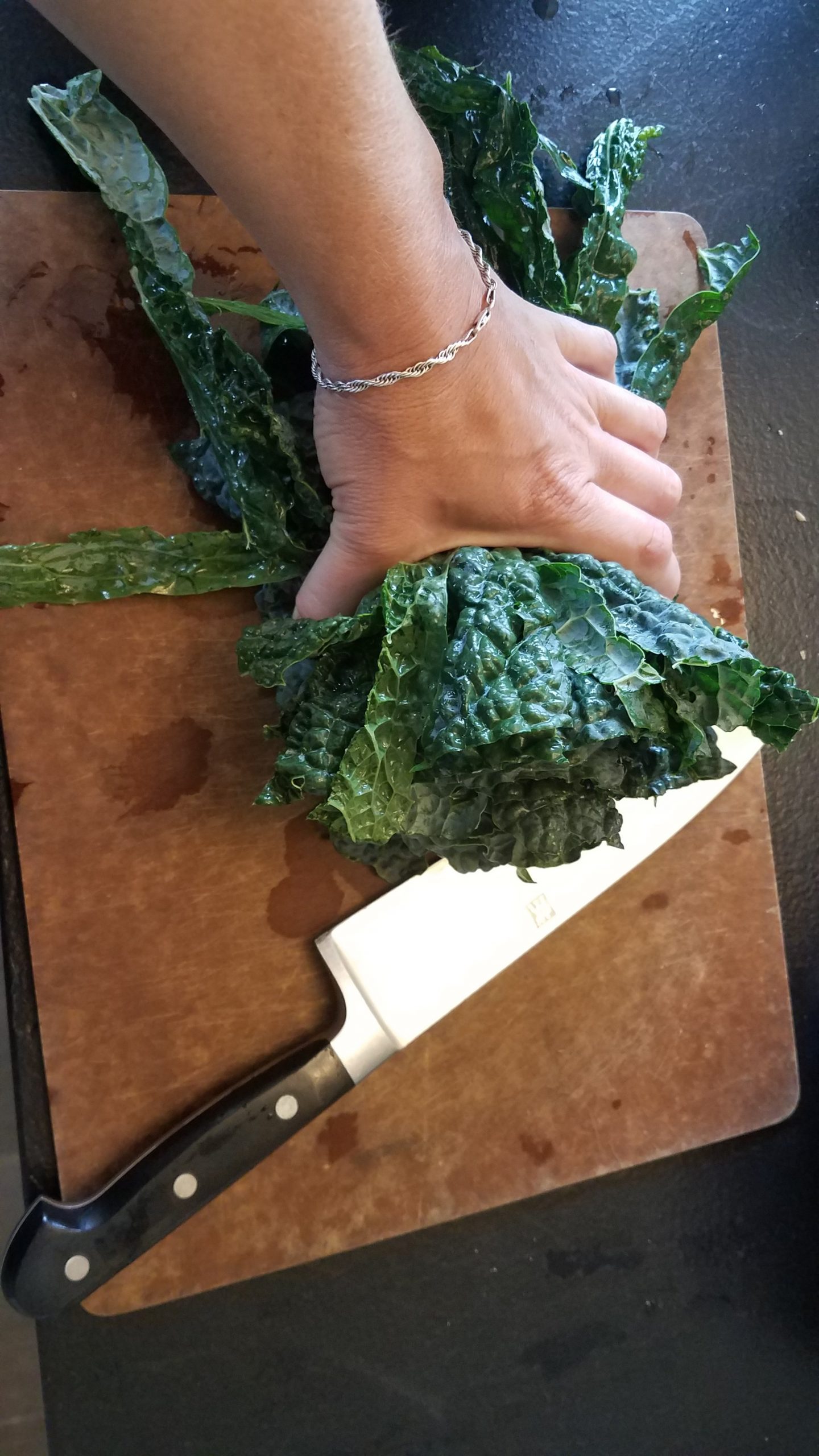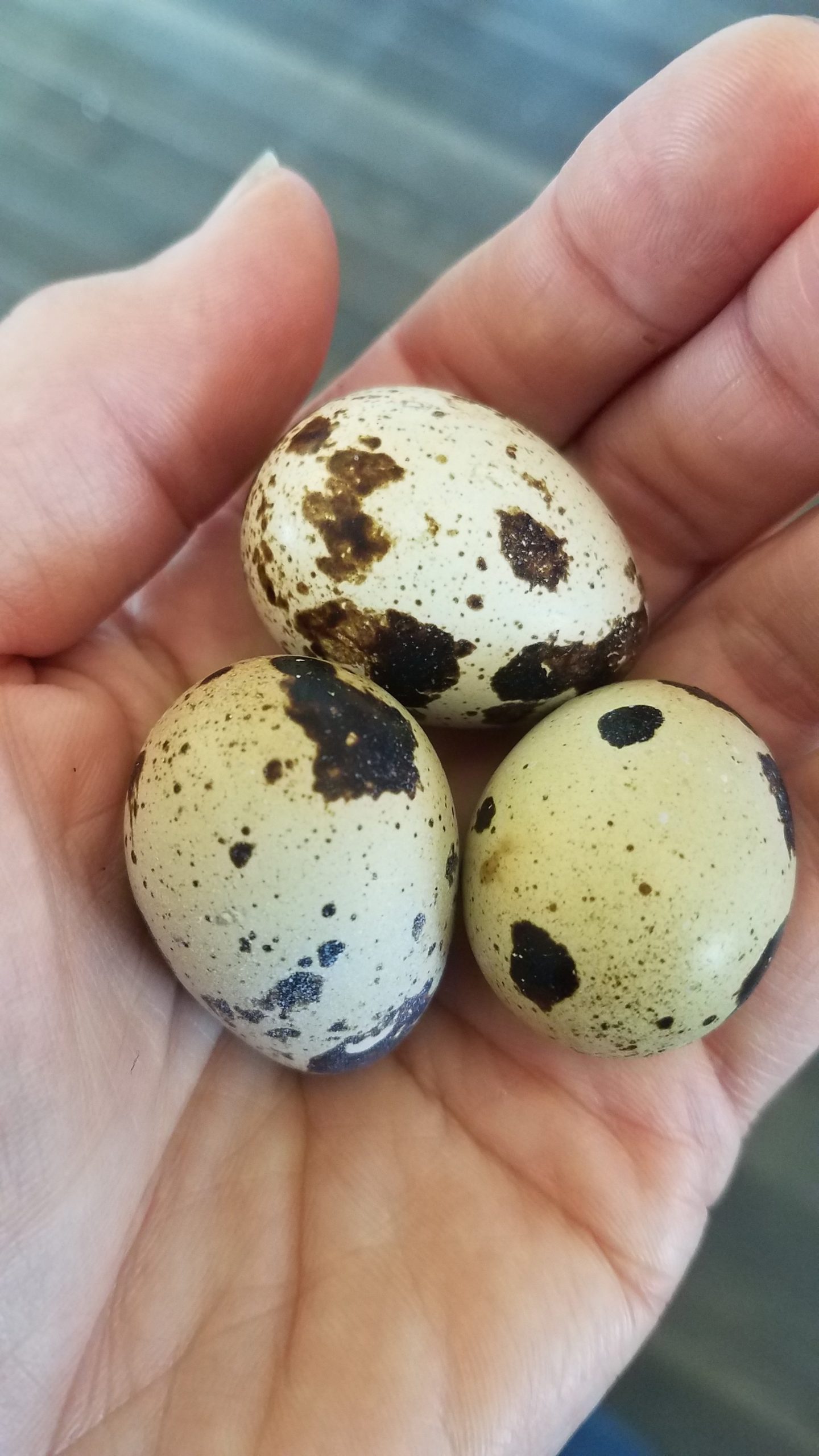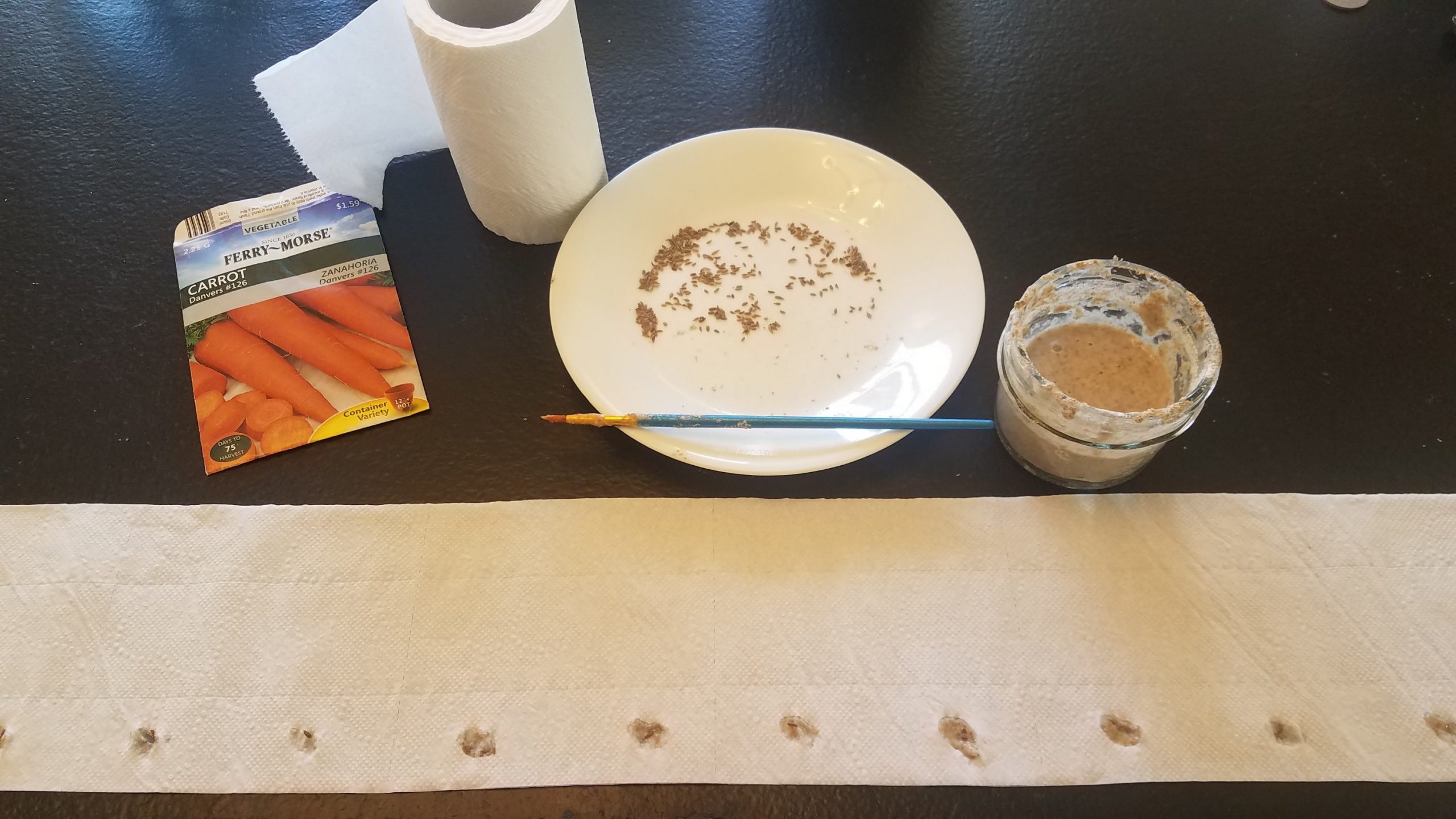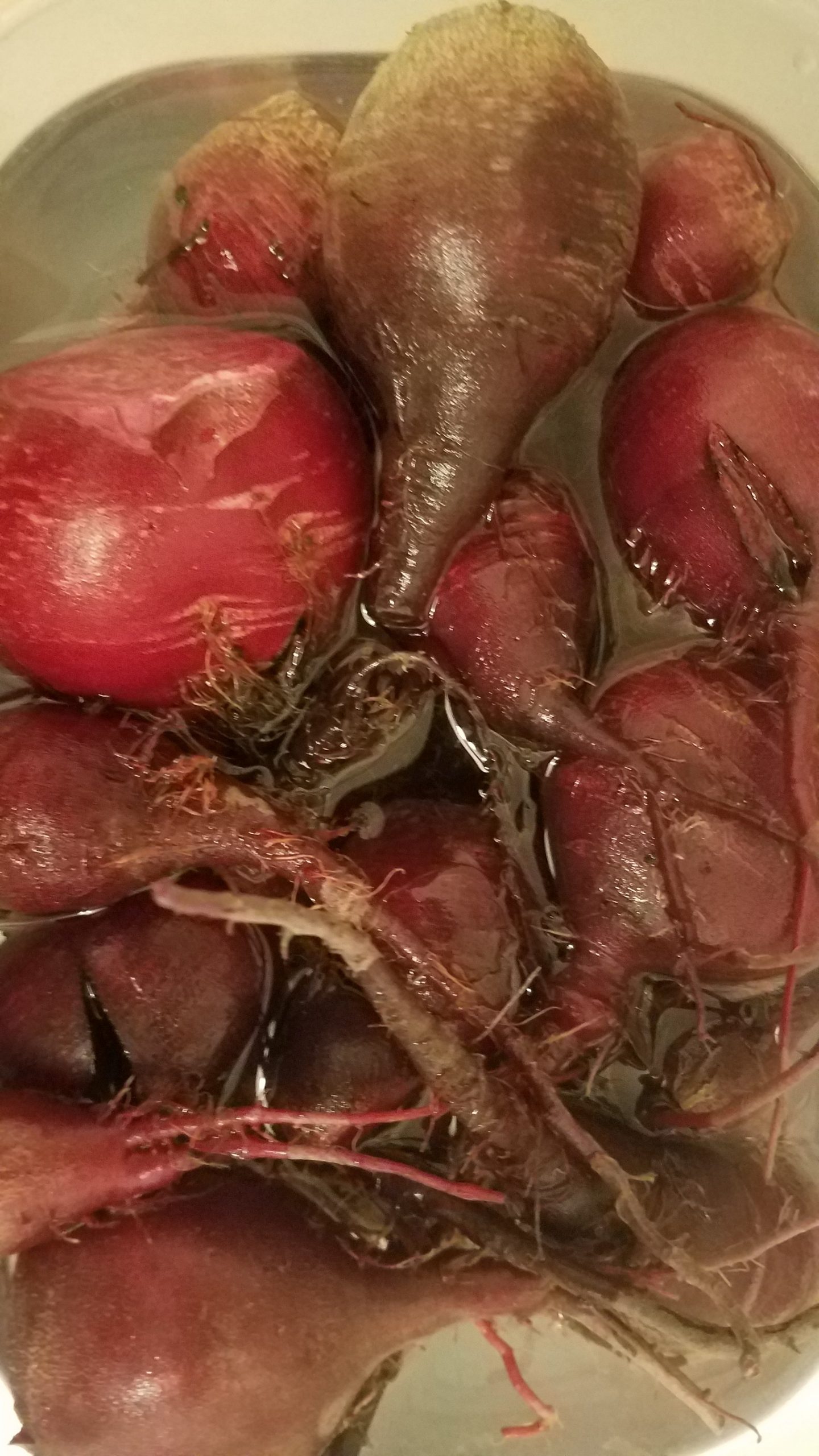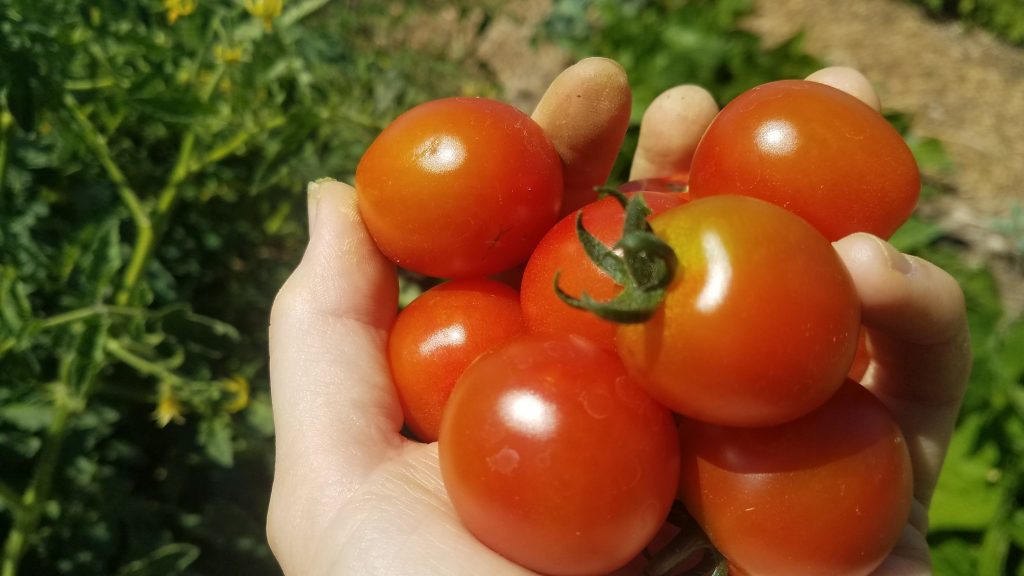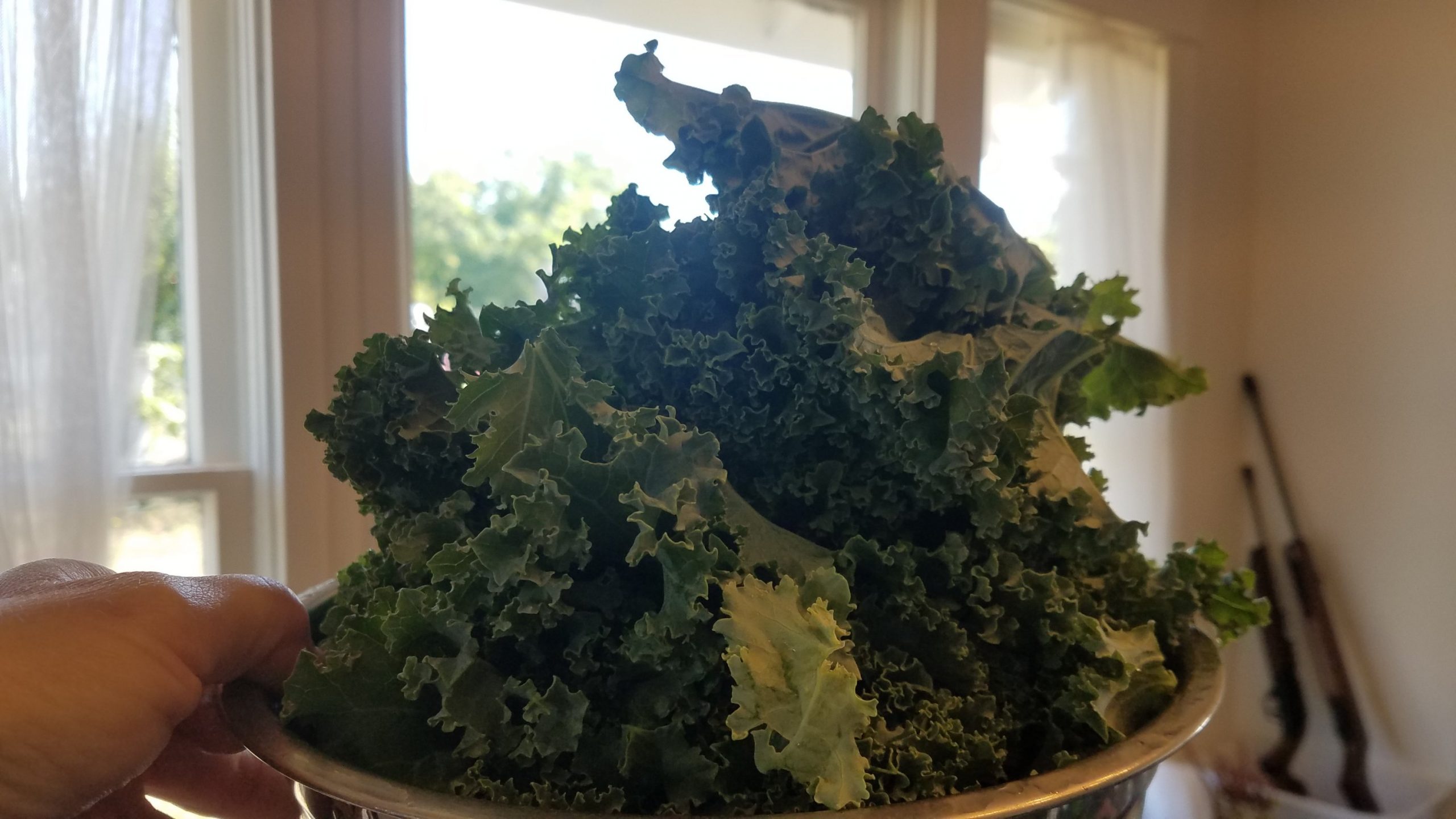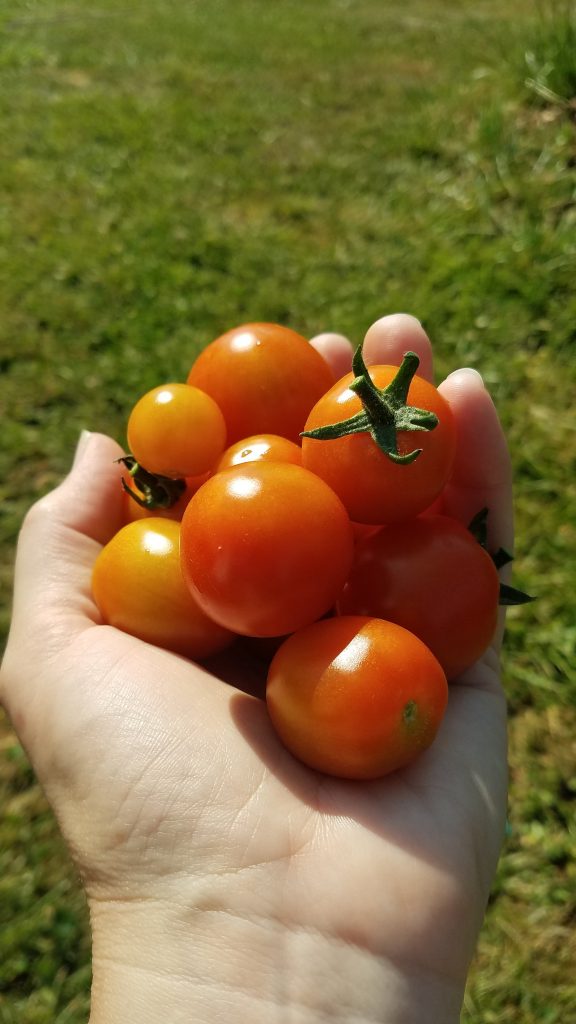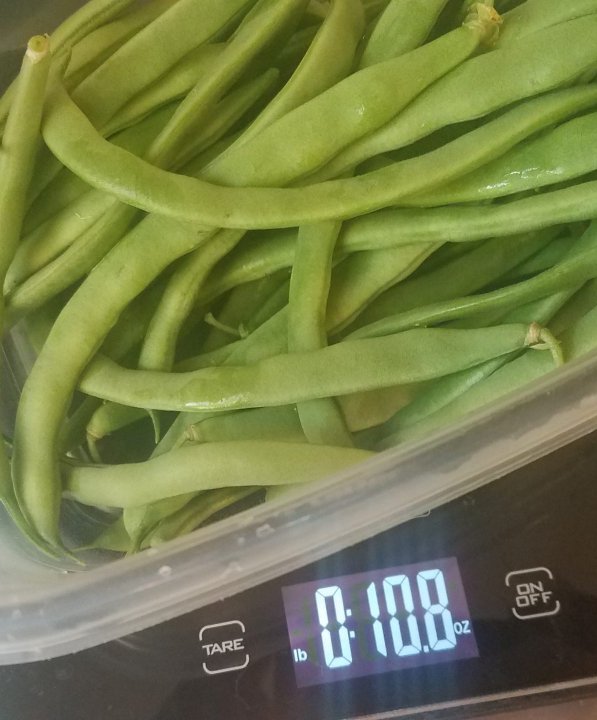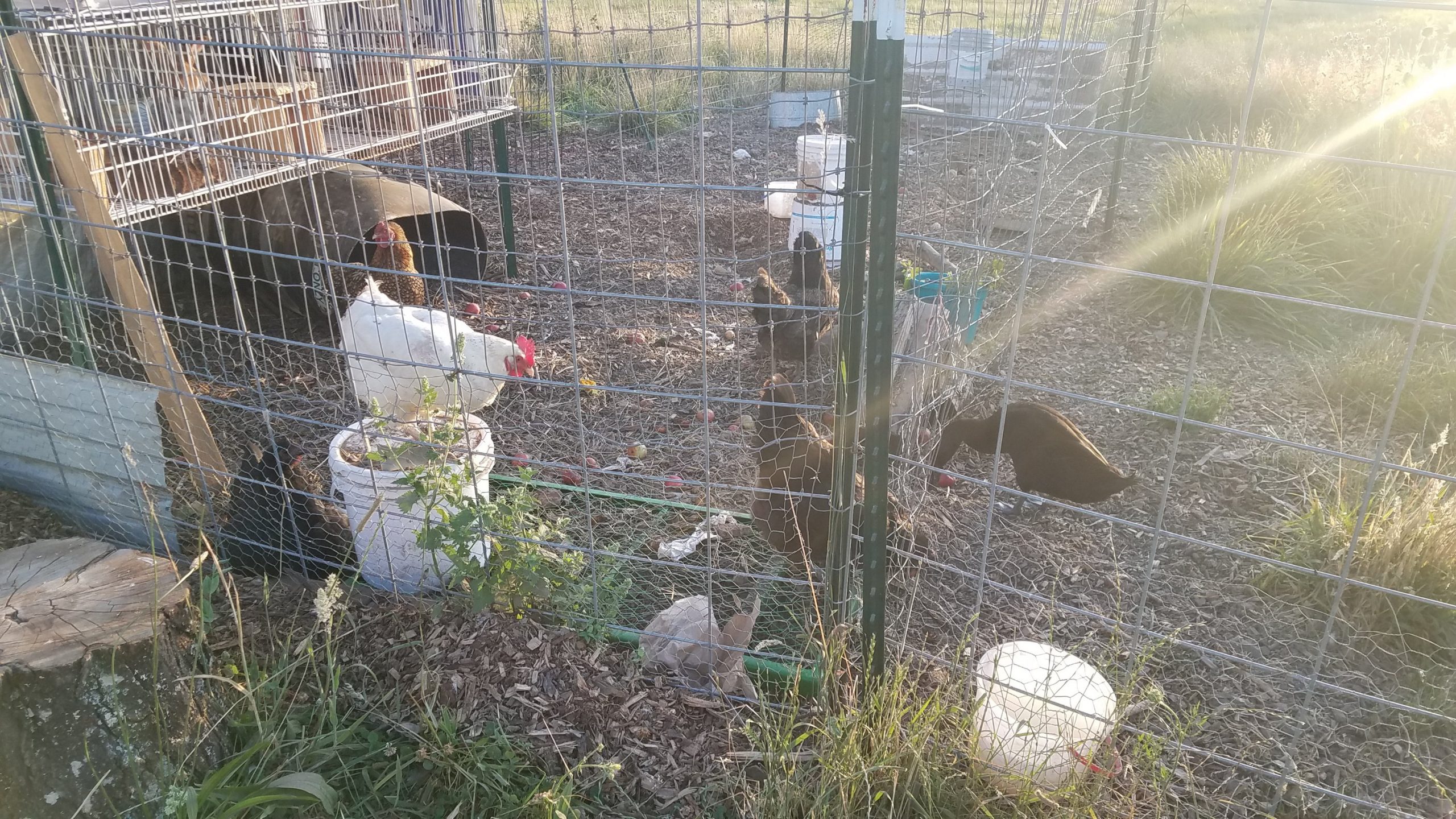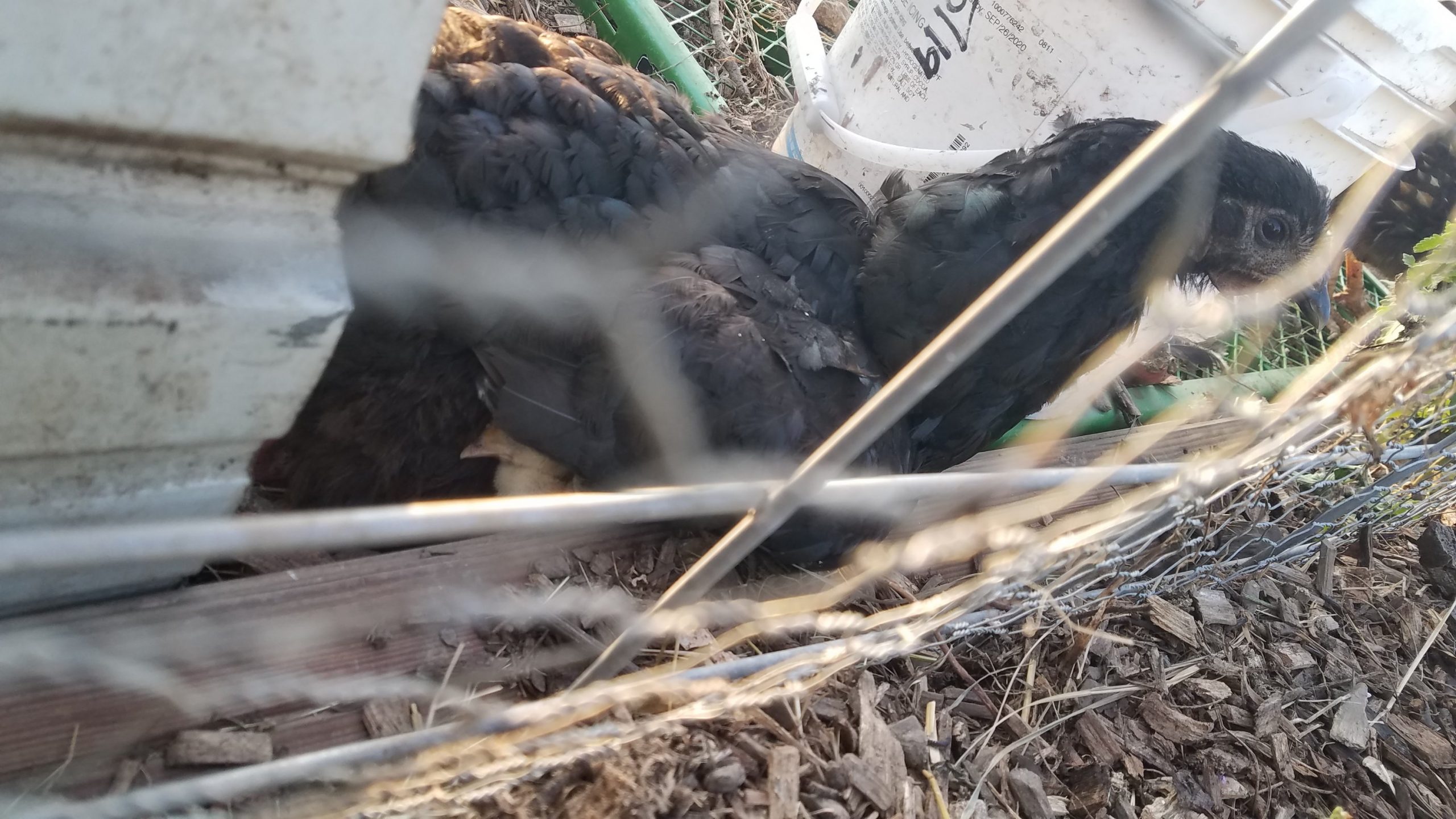Farm life is like a bucolic horror film. One moment you’re feeling the morning cool, watching the sky change colors as the sun rises, smelling the sweet hay and just thanking God for the life he’s blessed you with. The next minute you’re jolted and sickened as you realize that the bunnies that we’re born two weeks ago are being slowly pecked from beneath their cage by ravenous, omnivorous chickens. The white (now bloody pink) chicken is running around the hutch waiting for another bunny to show itself through the wire so she can peck it to a slow, horrific death.
You look up from the carnage, in shock, still not sure of what you’re seeing is real. Chickens like cracked corn and earthworms. They wouldn’t eat bunnies straight from the cage.
A quiet, miniature peeping sound behind you momentarily distracts you from the sickening scene before you. Three quail are peacefully taking dust baths together, carelessly flinging sand and dirt in a voluminous dust cloud around them. Another group of quail are clustered around the waterer, possibly sharing farm gossip, giving each other egg laying tips, or just complaining about the weather.
The scene suddenly cuts back to the bunnies and chickens. You ask outloud, not sure if you’re talking to God or to the sheep that are anxioulsy waiting for you right outside the chicken coop, “How can a farm be full of so much beauty and horror at the same time???”
Even with loss and tragedy, farm life is truly rich and purposeful. Every day is full of life, beauty, peace, growth, family and work–all good things. We see the hand the hand of God manifest in so many ways, from the slow, miraculous ripening of a tomato to the clockwork hatching of a baby turkey. But in some sad ways, this farm-world isn’t too different from the world of people we live in–a world with wars, riots, infanticide, death, bullying, gangs, abuse. It’s chickens vs. bunnies versus people vs. people.
Seeing God’s hand in all things gives us a chance to learn to be better stewards to our simple, instinct-driven farm creatures and to the complex, needy, hungry humans that surround us here on Earth. It takes patience, love, forgiveness, the desire to improve, creativity, resourcefulness, and the humility to ask for help. These are all godlike attributes that we strive to develop as we work on the farm and as we serve our fellow man.
As we care for his creations–of all kinds–we get a divine glimpse of what it’s like for him to watch over and care for us in this beautiful, bumpy, bucolic, sometimes tragic, but mostly wonderful thing we call “life”.
